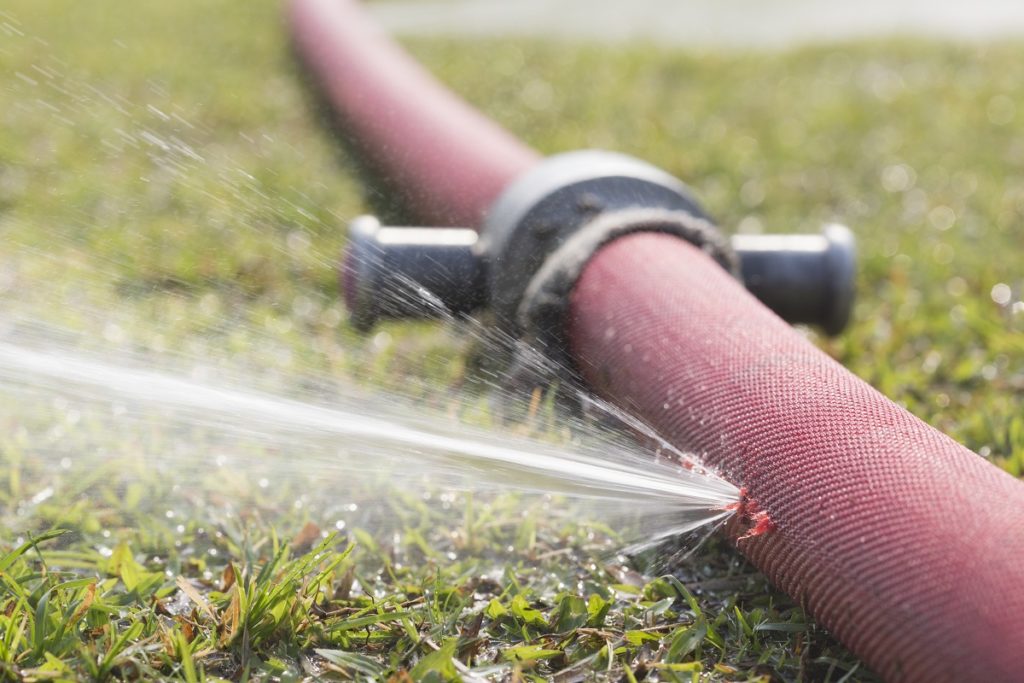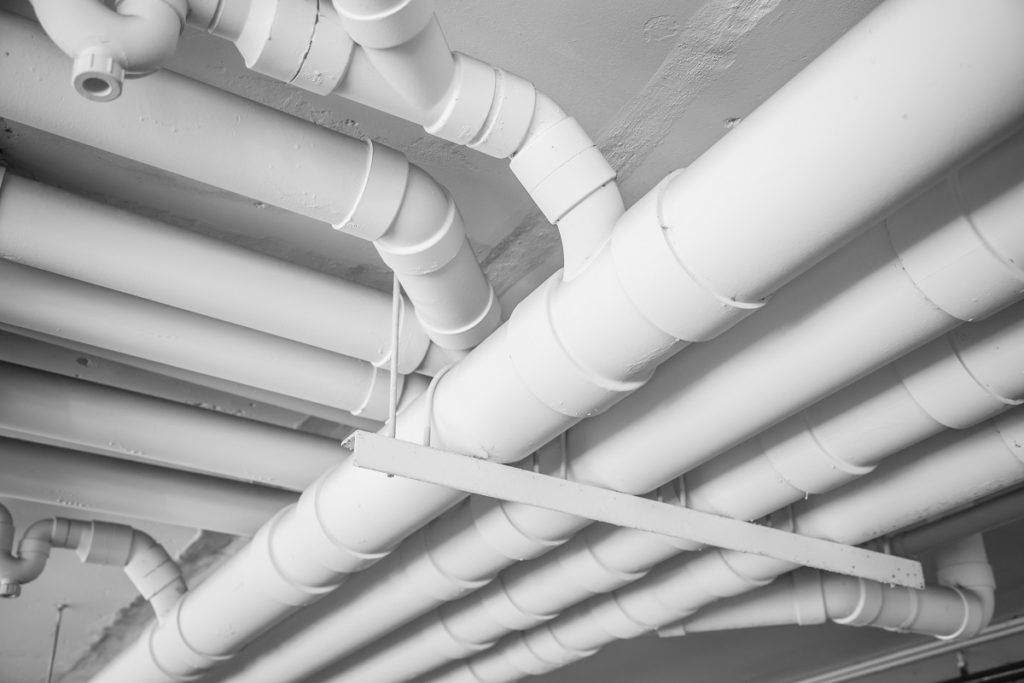It’s important for you, the homeowner, to be aware of common plumbing and piping problems in order to detect them early and have them fixed as soon as possible. But just as important as knowing the problems would be to know how to prevent them. Prevention is a lot better, cheaper, and convenient than cure in the case of plumbing, and you wouldn’t want to end up with a non-functional shower on the day of your big interview or have leaky pipes and faucets ruin first impressions with guests. So let’s take a look at the most common plumbing and piping issues and the best ways to prevent them:
Low Water Pressure
If your faucets or showers only trickle even when the valve is on full release, then you’ve got a huge case of low water pressure. Low water pressure can be an issue with your home’s pipes, but can also be from the external water supply itself such as a drought or a break or leak in the main line towards your home (or even neighbourhood). Another common cause for low water pressure can be sediment and mineral deposits blocking the flow.
Prevention. In order to prevent water pressure issues due to deposits, your filtration system (if you have one) should be regularly changed. Your faucets should also be cleaned thoroughly to prevent any buildups from starting. If there’s an earthquake or impact occurring nearby, and you start to notice that water pressure’s relatively weaker, call your water supplier to have the lines checked. As a precautionary measure, it would be best to have a residential water tank and rainwater collection system for your home to serve as a backup water source in case of any issues with water supply from the main line.
Dripping Faucets
A dripping faucet can be inconvenient, wasteful, and bothersome, and is often caused by water-tight washers being worn, broken, or dislodged. Once your water faucets start dripping, it could waste gallons of water per year if left unattended.
Prevention. It’s hard to prevent dripping faucets, and you’d oftentimes have no way of knowing there’s a problem until the leaking starts. As such, it’s best to invest in ceramic taps and other more leak-proof faucets, or those that don’t utilize water-tight washers that hold back water.
Leaking Pipes

Leaking pipes is one of the most common plumbing issues and can be caused by a plethora of issues. It normally happens with joints as they loosen due to water pressure, adhesives wearing out, or poor installation. Sometimes, the pipes themselves may be damaged due to impact, movement, corrosion, and extreme temperatures. It’s relatively easy to replace any leaky pipes unless they’re behind walls or underground. To ensure that you no longer have to worry about leaking pipes, you can opt to install HDPE pipes and pipe fittings.
Prevention. HDPE or high-density polyethylene pipes are flexible, durable, chemical-resistant, corrosion resistant, and lightweight pipes that are often used for water distribution. For areas experiencing extremely cold winters, ice can wreak havoc to your piping, luckily, HDPE pipes can handle repeated freezing and thawing of water inside it without suffering permanent damage and leakage. If ever you would opt to replace your leaking pipes with high-density polyethylene pipes, it would be best to using polyethylene pipe fittings with them and have them welded using electrofusion have air-tight and leak-proof joints together with your already sturdy and resistant pipe.
Conclusion
Plumbing will always be a constant issue for any homeowner, and even for owners of apartments and commercial establishments. While it’s important that you’re aware of the problems to watch out for and take the steps to prevent them, it would be a good idea to do a routine maintenance check of your home plumbing, or better yet hire a professional plumber to do preventive inspection and maintenance for you.

